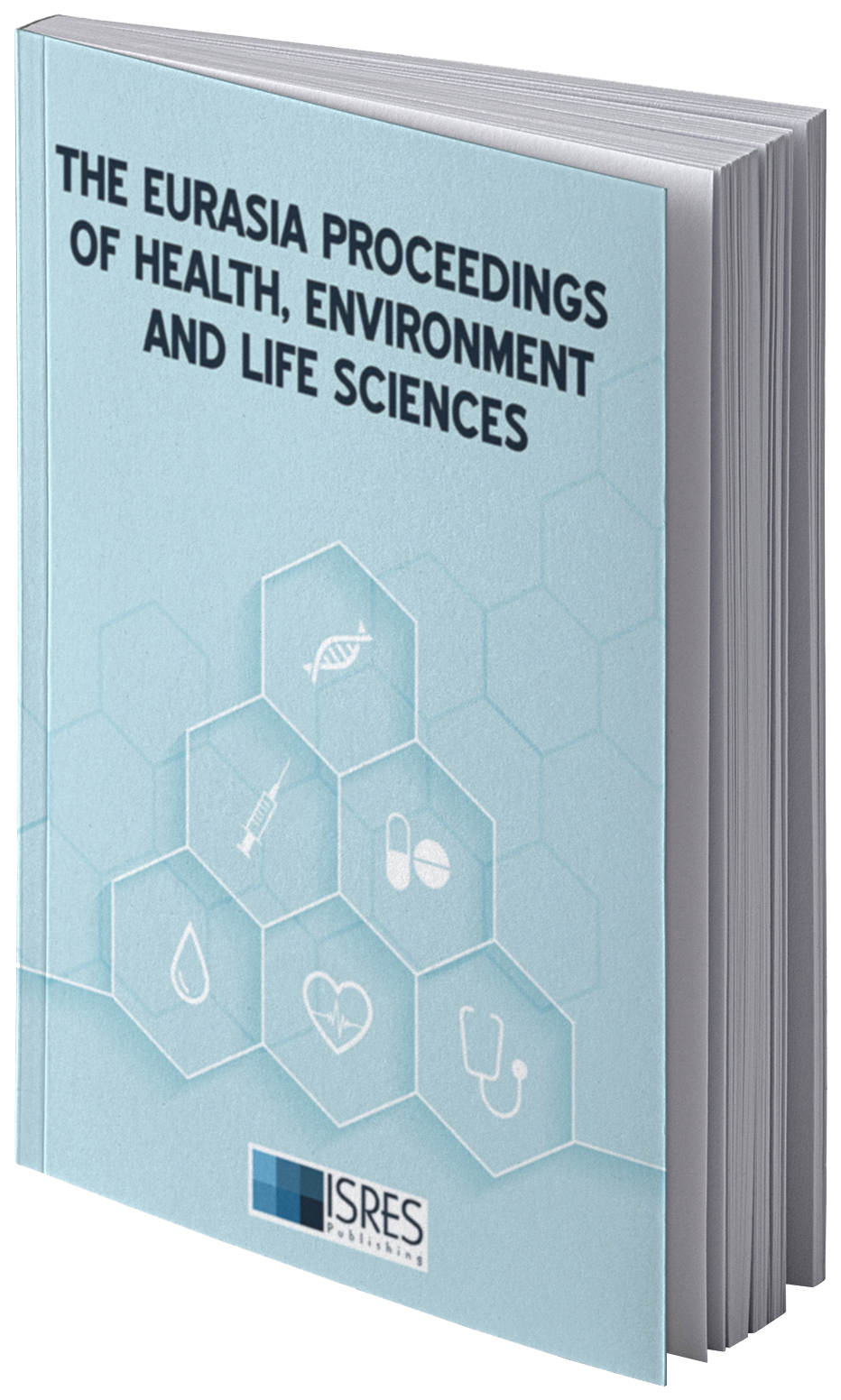Prevention of Venous Congestion in Superficial Temporal Artery Pedicled Scalp Flaps Using Deep Temporal Fascia
DOI:
https://doi.org/10.55549/ephels.122Abstract
Background: Venous congestion is an important complication in superficial temporal artery pedicled scalp flaps. In this study, we added deep temporal fascia, including the middle temporal vein, to the flap pedicle to prevent venous congestion in these flaps. Methods: A horn-shaped superficial temporal artery pedicled scalp flap was used to repair scalp and facial defects in 16 patients with a mean age of 52 years. The flaps were raised together with the superficial and deep temporal fascia at the base of the pedicle. The flap sizes ranged from 9 × 4 cm to 23 × 7 cm, and the mean follow-up period was seven months. Results: Venous congestion did not develop in any of the flaps. Abnormal hair distribution developed in three patients and hematoma in one patient. In all of the patients, the donor site was closed primarily and there was no flap loss. Conclusions: In scalp flaps with a superficial temporal artery pedicle, venous congestion can be prevented, and elevated more safely by adding a deep temporal fascia to the flap pedicle.
Downloads
Published
Issue
Section
License
Copyright (c) 2024 The Eurasia Proceedings of Health, Environment and Life Sciences

This work is licensed under a Creative Commons Attribution 4.0 International License.
The articles may be used for research, teaching, and private study purposes. Any substantial or systematic reproduction, redistribution, reselling, loan, sub-licensing, systematic supply, or distribution in any form to anyone is expressly forbidden. Authors alone are responsible for the contents of their articles. The journal owns the copyright of the articles. The publisher shall not be liable for any loss, actions, claims, proceedings, demand, or costs or damages whatsoever or howsoever caused arising directly or indirectly in connection with or arising out of the use of the research material. All authors are requested to disclose any actual or potential conflict of interest including any financial, personal or other relationships with other people or organizations regarding the submitted work.



